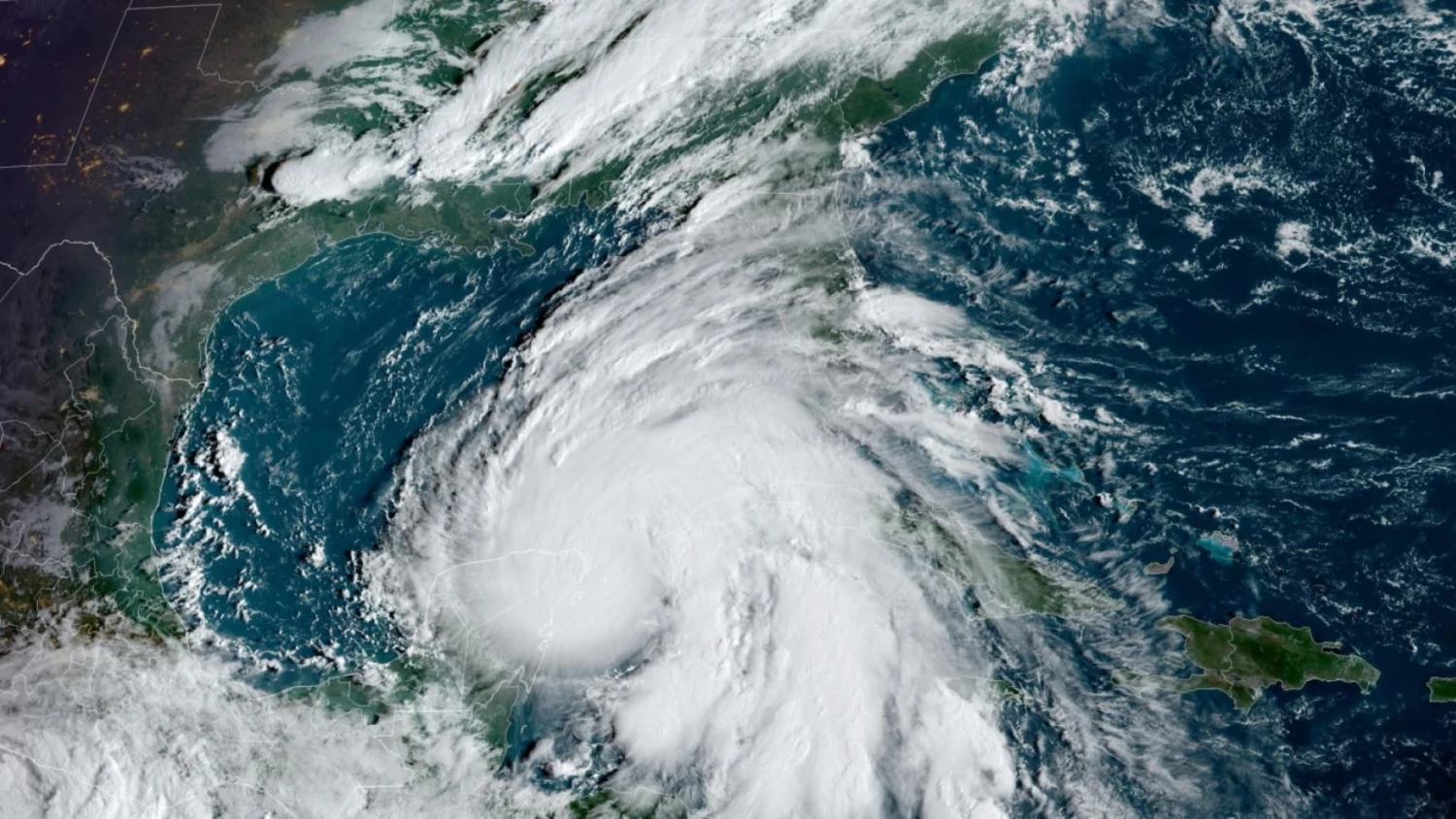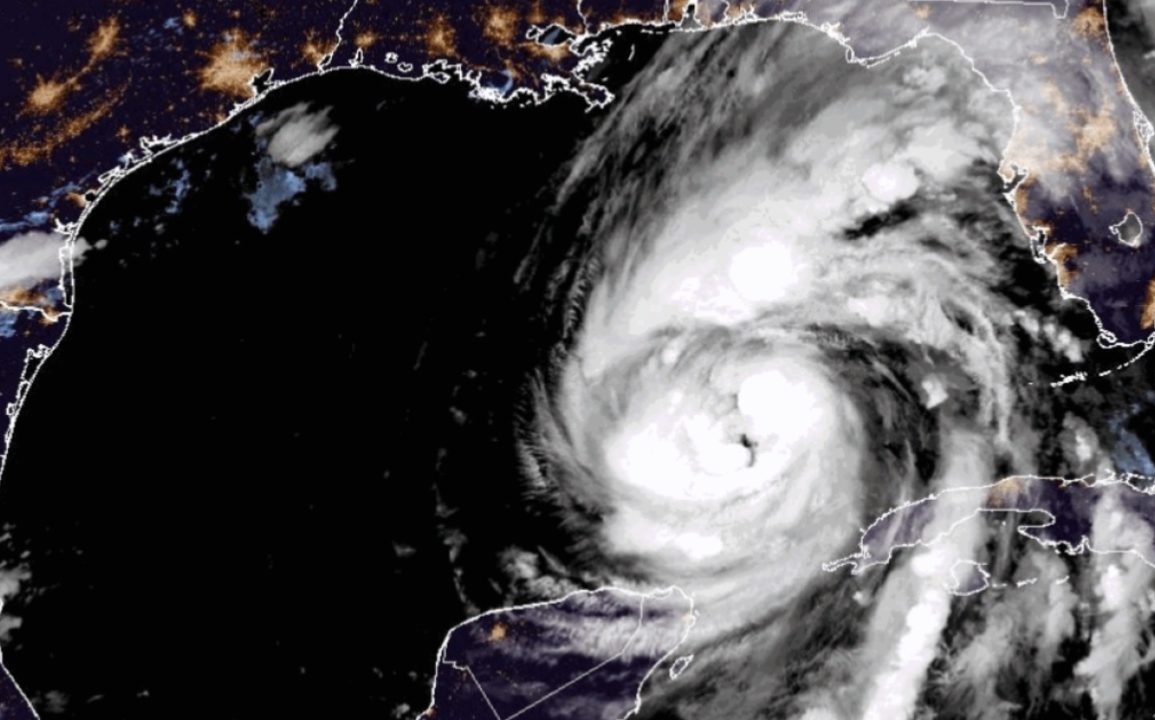Hurricane Helene was intensifying in the Gulf of Mexico, moving toward Florida’s Big Bend area. The National Hurricane Center in Miami issued warnings of “catastrophic and deadly” storm surges and damaging winds as the storm was projected to make landfall on Thursday evening. Residents were urged to take immediate action to safeguard their lives and property in anticipation of rising water and other hazardous conditions.
As of Thursday morning, Helene was classified as a Category 2 hurricane with sustained winds reaching 105 mph. Forecasts indicated the storm could escalate to a Category 3 or higher before it reaches Florida’s northwestern coast. The hurricane center confirmed that strengthening was expected, predicting Helene would likely be a major hurricane when it hit.
After making landfall, the storm was expected to turn northwest and slow down over the Tennessee Valley, where it could cause further damage. While Helene is anticipated to weaken after landfall, its rapid forward movement could result in strong winds penetrating inland areas, particularly affecting the southeastern United States, including the southern Appalachians.

Heavy rainfall was also a significant concern, with predictions of total accumulations ranging from 6 to 12 inches and isolated amounts reaching up to 18 inches. Such rainfall could lead to catastrophic flash flooding and significant river flooding, along with numerous landslides in hilly regions. The hurricane’s expansive wind field posed risks to 60 of Florida’s 67 counties, with the potential for extensive power outages and damage.
Florida’s officials, including Governor Ron DeSantis, were actively preparing for the storm’s impact, with emergency declarations and evacuation orders in place across several counties. Residents were advised to avoid long-distance evacuations and instead seek higher ground locally. Preparations included boarding up homes and stocking up on supplies, while some families began making arrangements to stay with friends or relatives.
As Hurricane Helene approached, it was fueled by record-warm waters in the Gulf of Mexico, intensifying its strength. Ocean temperatures in the region were significantly above average, exacerbated by climate change factors. This unprecedented warmth contributed to the storm’s power, raising concerns about its potential to cause widespread destruction upon landfall.

